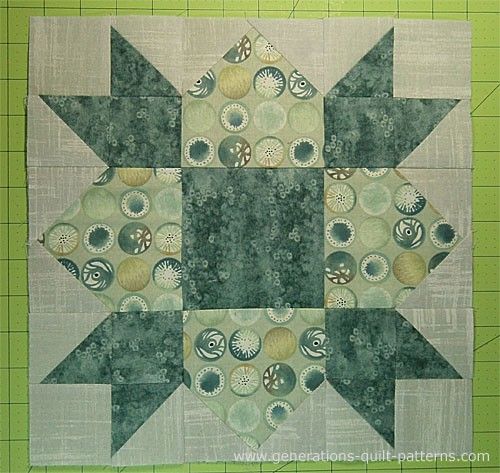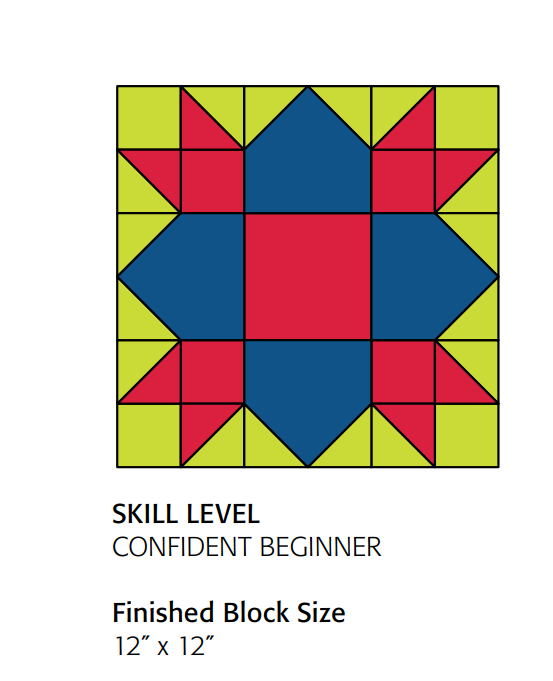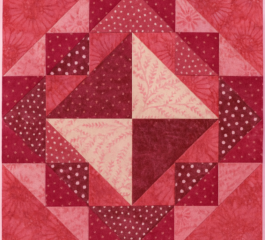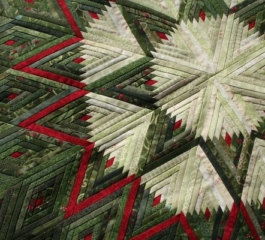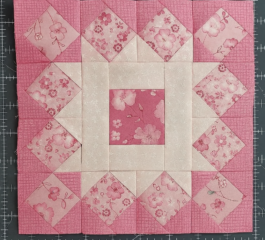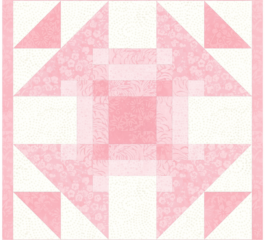The Weathervane Quilt Block is a timeless design that brings traditional charm and geometric beauty to any quilt project. With its classic arrangement of squares, triangles, and a central focal point, it’s a block that offers both structure and creative versatility. This pattern has stood the test of time and continues to be a favorite among quilters who enjoy combining symmetry with style.
Dating back to the 1800s, the Weathervane block was often used in pioneer quilts and symbolized direction and guidance—just like a real weathervane atop a farmhouse. The block’s name reflects the way its triangular components seem to “point” in different directions, much like the spinning instrument it was named after. Despite its vintage roots, the Weathervane is just as beautiful in modern fabrics and layouts.
